Abandoned by her father, Eddie the white emu’s now a local legend in central Queensland
By
Erin Semmler and Paul Culliver
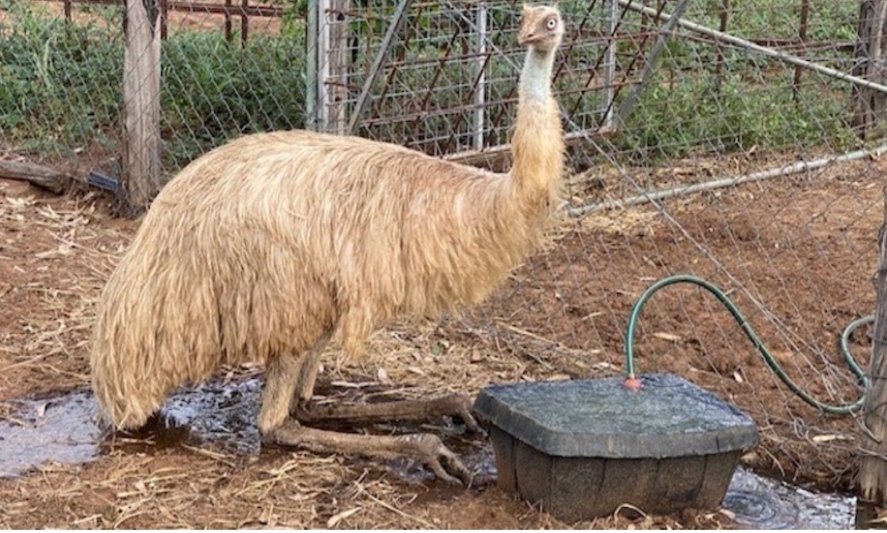
Eddie the white emu grew up on a central Queensland property.
When Eddie’s dad left her for dead, George and Cathy Hoare adopted a somewhat unorthodox family member with an extremely bold personality.
“She did stand out, she was very white and very easily seen,” Ms Hoare said.
The five-foot-tall emu has lived at the family’s central Queensland property for eight years.
“The father had a clutch of eight and he just kept leaving her at a dam,” she said.
“He never ever came back to check on her
“It was a challenge because George said to me, ‘She’s going to die’, and I said, ‘No she’s not’.”
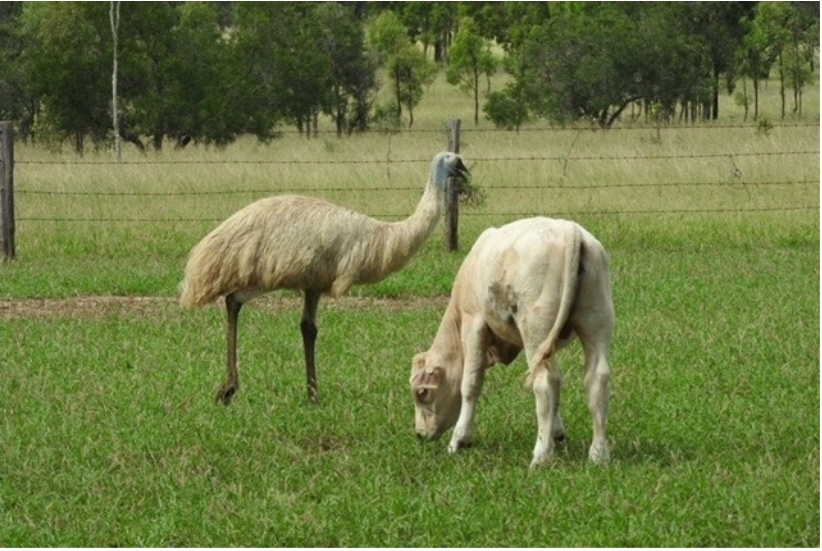
Cathy and George Hoare reared Eddie the white emu on their central Queensland property.
Ms Hoare has a habit of caring for foundlings, but none as infamous as Eddie.
“She loves swimming, playing in the mud, running around with the poddies, trying to buck up with the poddies, but emu legs don’t go backward so she ends up in a big mess.
“She’s still very aloof and I would say moody at times.”
The native bird was reared with an eclectic mix of orphans.
“I raised her with 10 chickens and she outgrew those,” Ms Hoare said.
“Then we let her out around our house in the paddock and she befriended the poddies.
“She’s very friendly with the horses, dogs, chicks, guinea fowls — you name it.
“She did go away once, but she [came] back and she just stays — she’s literally part of the menagerie of Rockview.”
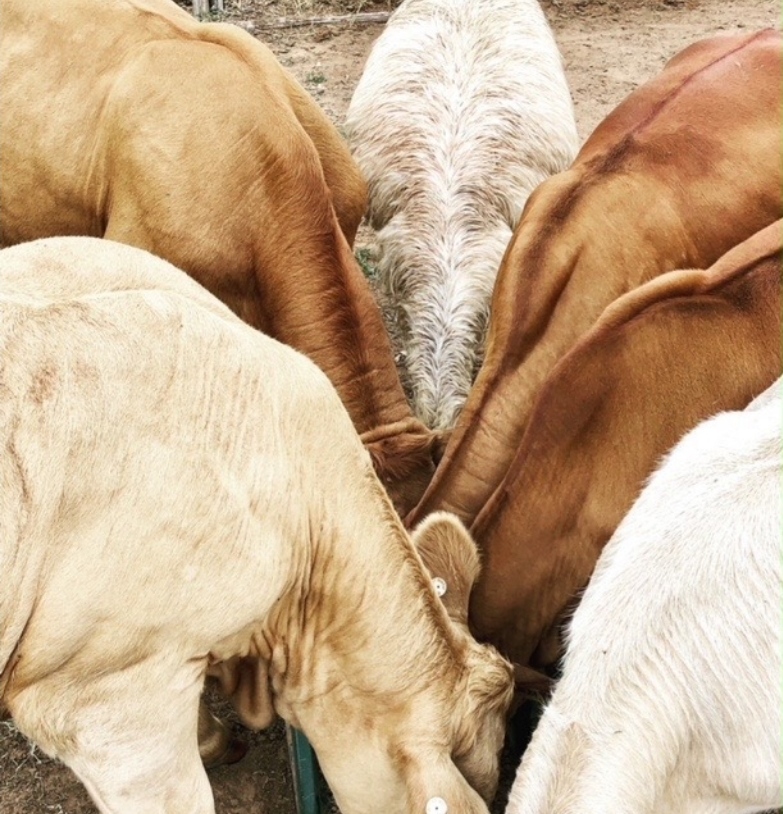
Eddie is best friends with the poddies and often tries to act like them.
‘Queensland’s best fed emu’
The audacious emu is protective of her family.
“If there’s anything strange that comes around, she certainly lets us know,” Ms Hoare said.
“Sometimes dingo pups come up and she’ll make an awful noise, she chases snakes.”
Eddie is also known to scare some people.
“She’s never really become a domestic pet, but she lives around our house,” Ms Hoare said.
“She comes up beside you to get food, but she’s not something that you can pet and pat and cuddle up too — she still maintains that aloofness.”
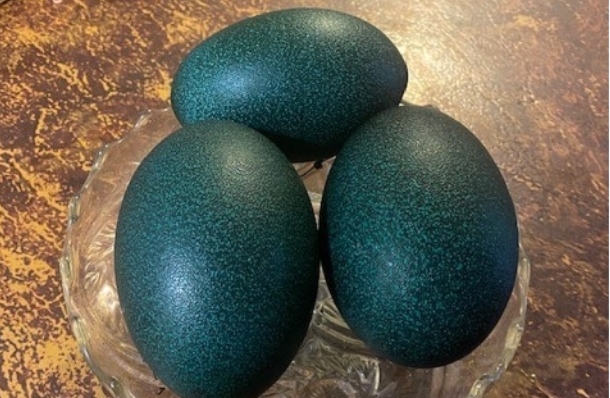
The Hoare family was unsure if Eddie was a boy or girl until she started laying eggs.
Eddie’s gender was a mystery for five years until she started laying eggs.
“She’s probably the best fed emu in Queensland because she gets all the fresh vegetables and greens that my family do,” Ms Hoare said.
“She’s well and truly happy where she is and that’s obviously why she doesn’t wander off.
“I’m just pleased that she’s out in a paddock and she just does normal emu things.”
Weak chicks often left behind
Western Sydney University’s Julia Ryeland completed her PhD on male emu reproductive behaviour and the disappearance of the species along the east coast of Australia.
The ecological researcher said white emus were uncommon but not unheard of.
“It’s the same as any other animal, [being albino or leucitic] is just a genetic mutation that happens by chance,” she said.
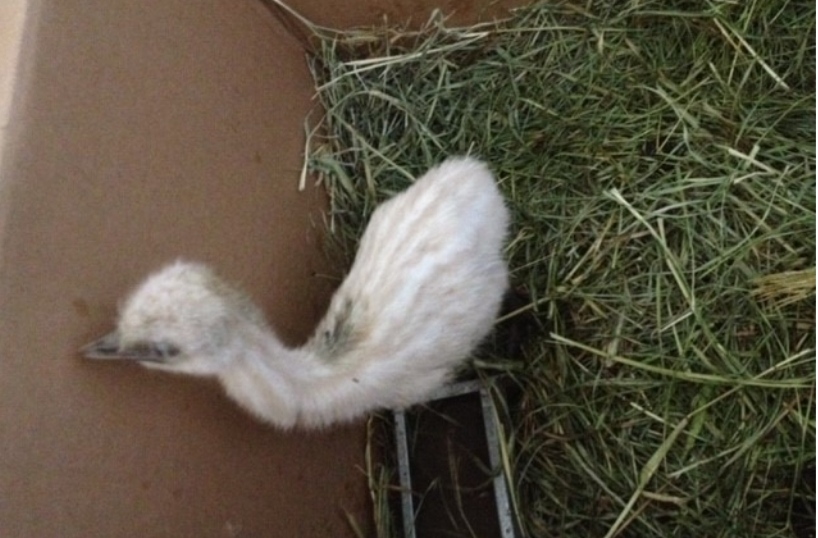
The white emu chick was abandoned by its father.
Dr Ryeland said Eddie might have been abandoned because she was weak and unfit.
“It’s perhaps because they think that the leucitic or white emu is less likely to survive,” she said.
“That does seem to happen a lot where the male looks after himself and whoever can keep up, keeps up.”
Dr Ryeland explains emu chicks are born precocial, meaning they run around and feed themselves within about a day of hatching.
“They’ll be staying with [the male emu] for protection and possibly some thermoregulation at night,” she said.
The researcher said because emus have plenty of chicks, it was common for male emus to care for offspring from other mothers and fathers.
“It’s really about a numbers game, rather than investing a lot in one or two chicks,” she said.
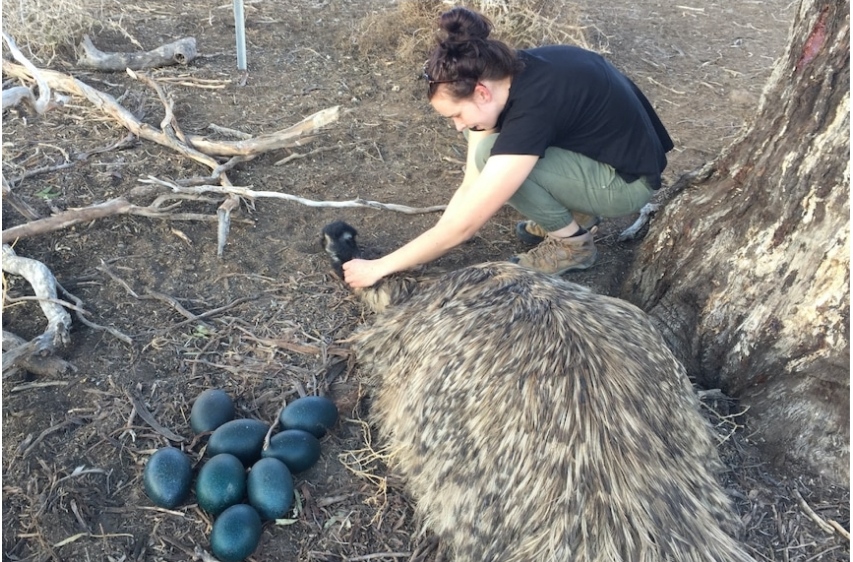
Julia Ryeland is an ecological researcher who completed a PhD on emus.
A declining population
Dr Ryeland said emu populations east of the Great Dividing Range, particularly in New South Wales, were declining.
“They’re one of the populations that is endemic, so hasn’t been introduced, that has been for some time listed as an endangered population under our state [NSW] legislation,” she said.
“The numbers have gotten so low that we’re now looking at potentially doing some captive breeding to make sure we can secure that population because it does keep declining.”
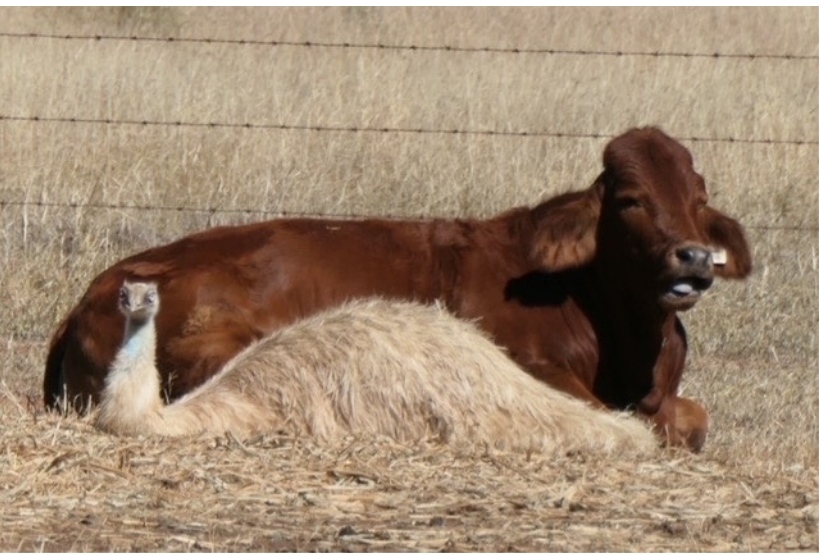
Eddie loves swimming, playing in mud and running around with poddies.
But Dr Ryeland said more research is needed.
“For a species that’s on our coat of arms and is so well known in Australia and across the world, there’s not a lot of research that’s done on emus,” she said.
“Like a lot of animals, it’s probably to do with feral pests taking chicks, but we need to know a lot more about it before we can really do anything.”
Dr Ryeland said their life span was unknown because no longevity studies had been done.
“We know from captivity that they can live 20 odd years, but it’s probably less in the wild, it might be 15 to 20, but we just really don’t have any idea,” she said.
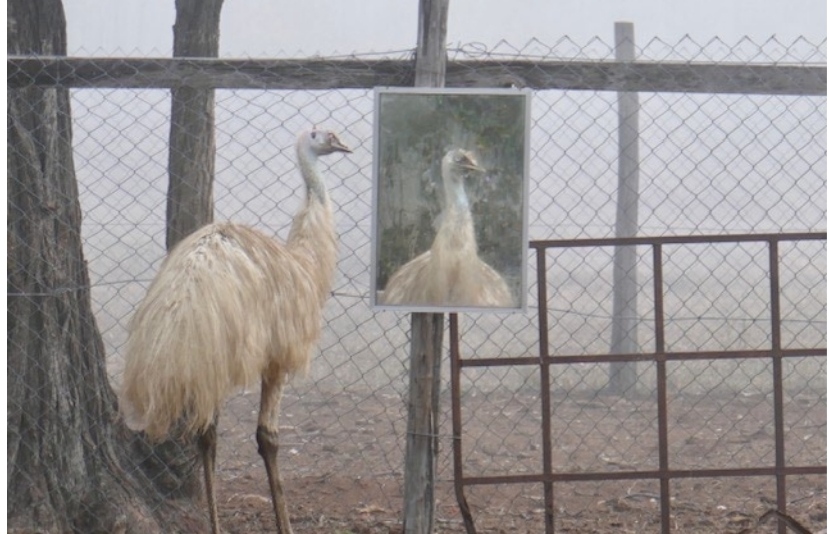
Eddie the emu inspects a painting of himself.
Don’t feed wildlife
The researcher said in most cases, wildlife should not be fed because it stops them from foraging for natural food.
“But the chances are that this particular emu may have not survived if it was getting left behind by the dad and it may have been taken off by a predator if it hadn’t been fed,” Dr Ryeland said.
The family cherishes every moment of life with Eddie.
“She’d leave a pretty big hole in Rockview when the time comes, if she goes or whatever happens,” Ms Hoare said.
“[We’d] miss that … morning dash around that she does, it’s quite entertaining at times, depending on whether the horses are involved.”



